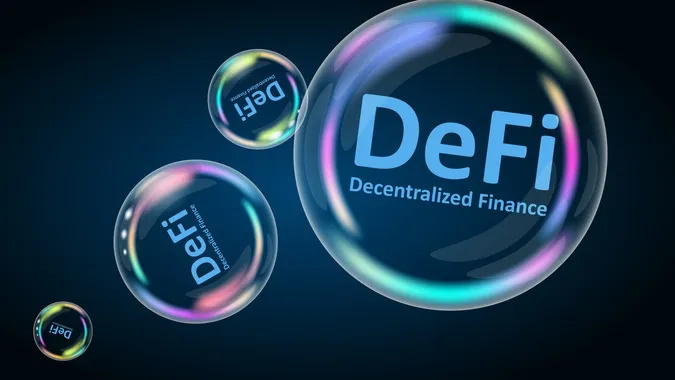The Blockchain world is not an easy market to be in. One has to deal with very volatile prices, less liquidity, stringent verification procedure and possible hacking of wallets. Yet, yesterday, I read a news item that reported that the value of three crypto-assets rose to up to 6400% in a single day, the previous day and with such news, there are people like me - who do not have a significant portion of investment portfolio invested in crypto assets - constantly feel like missing the train.
A new generation of digital asset investors is now entering the cryptocurrency markets. This is due to the stability of the existing digital assets and the advancement of blockchain technology. Stable coins or so-called ‘stablecoins’ are the keys to mainstream adoption on a global scale. Stable coins are used as digital cash, combined with blockchain technology, they can initiate revolutionary flows within the entire financial ecosystem.
A new economic system has been on the way to building for some time now. The possibility and introduction of secure, super-fast and profit bearing credit services have played a significant role in the accelerated growth of the overall crypto market from 100 Billion while in infancy to a thriving teenage amounting to 1.92 Trillion worth of market capitalization. The early era witnessed the growth of digital asset values driven by the promising utility of the asset. Now that it is possible to earn interest by staking or lending, the market is flooded with capital as crypto has started to become part of the retail investor portfolios even when the market remains extremely volatile.
Factors like awareness, regulations and acceptance by major governments played complementary roles in the crypto boom but the evolution of digital assets from utility tokens to investment instruments supported by advancement in blockchain technology is still the major factor.
DeFi is an umbrella term for decentralized financial tools. The DeFi ecosystem includes wallets, lending protocols, stablecoins, derivatives, prediction markets, liquidity pools, and many more types of financial applications. DeFi platforms, like Maker and Compound, aim to create a low-friction environment where smart financial contracts can take place. This vision enables crypto holders to participate in credit markets and other forms of lending and saving without needing to open traditional bank accounts. These platforms provide an opportunity for crypto holders to maintain custody of their funds even as they raise loans or take out other forms of credit. DeFi platforms form an important layer in the next generation of decentralized finance, one that supports a future Internet.
Hitherto, there is a wide range of problems that DeFi platforms and protocols have solved including but not limited to the following use cases:
- Asset Management - Allowing buy, sell, transfer, stake and earn interests on digital assets
- Compliance and KYT - Offering Know your Transaction that tracks transaction behaviours instead of tracking user identity
- Analytics and Risk management - Helping analyse data for risk assessment and reduction
- Derivatives and Synthetic Assets - Allowing the creation of tokenized derivatives with added security
- Infrastructure Development - Offering development, compilation and integration of blockchain-based solutions
- Digital Identity- Offering portable self-sovereign identity that is secure and private
- Insurance - Providing automated insurance claims, secured audits and reduced paperwork
- P2P Borrowing - Ensuring peer-to-peer lending and borrowing with high-interest rates and low risk
- Payment Solutions - Offering faster, safer and more transparent solutions compared to the legacy payment systems
- De-centralized Organizations - De-centralizing administrative entities that manage the core financial operations
